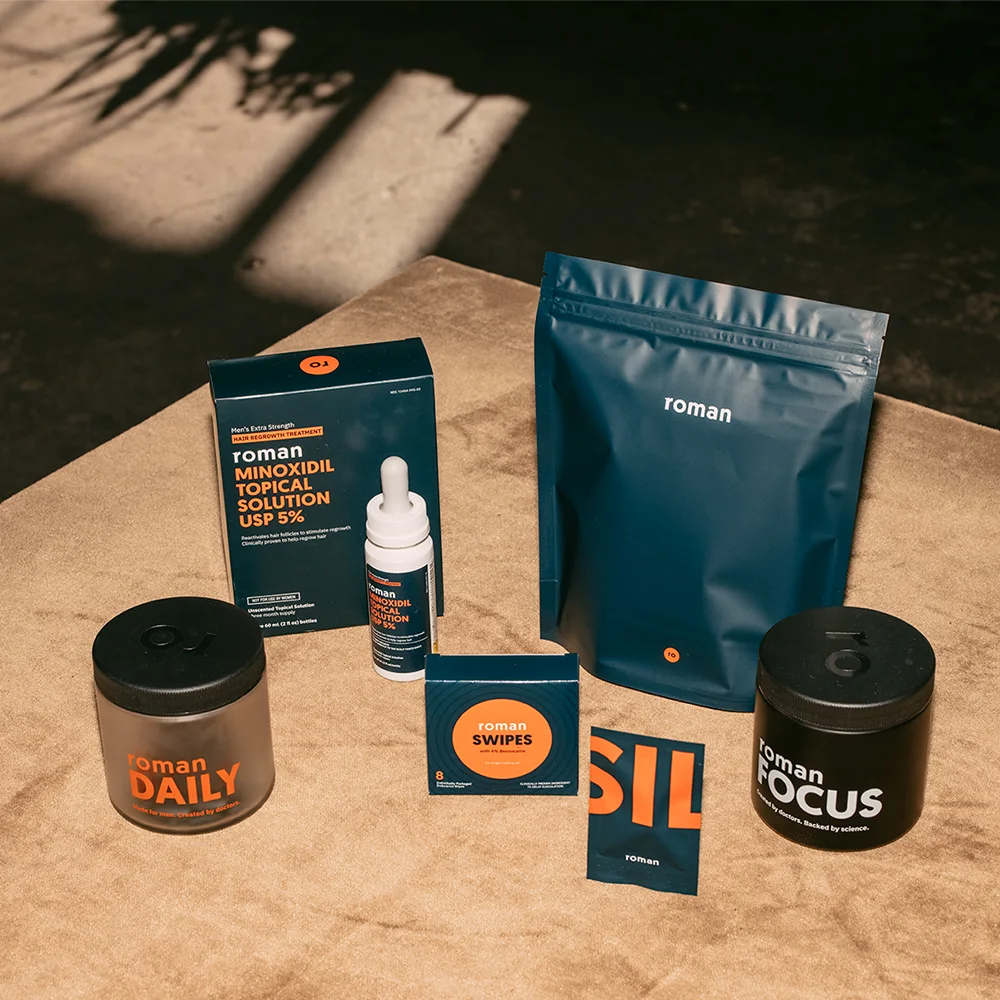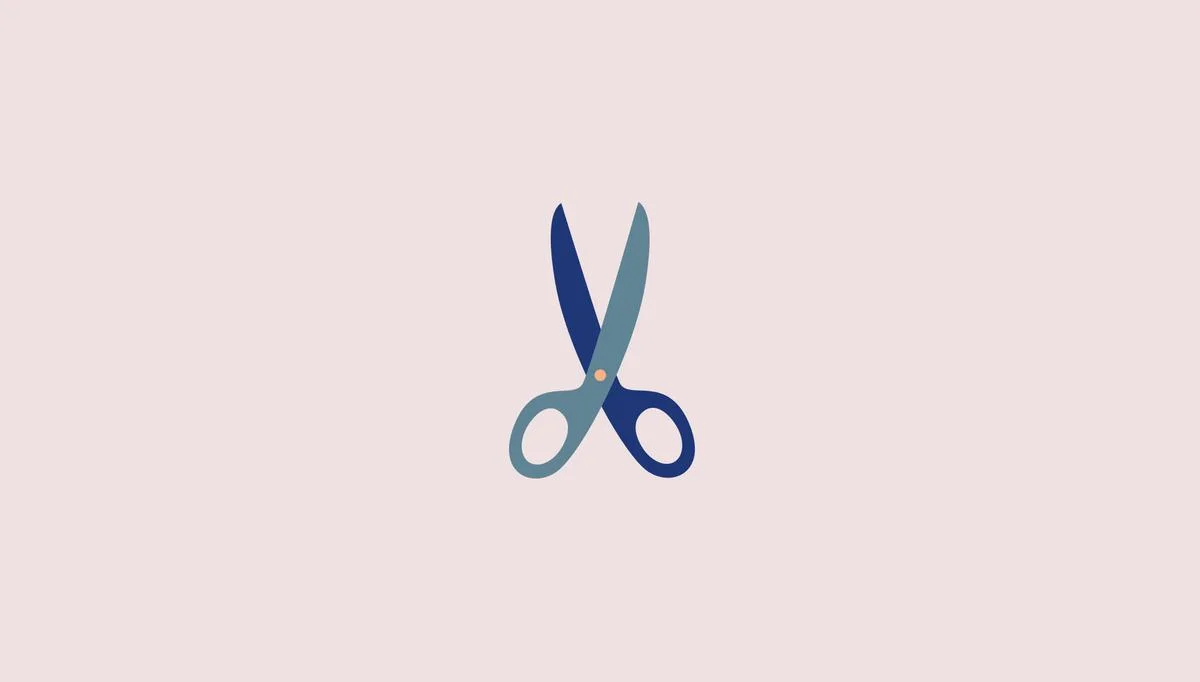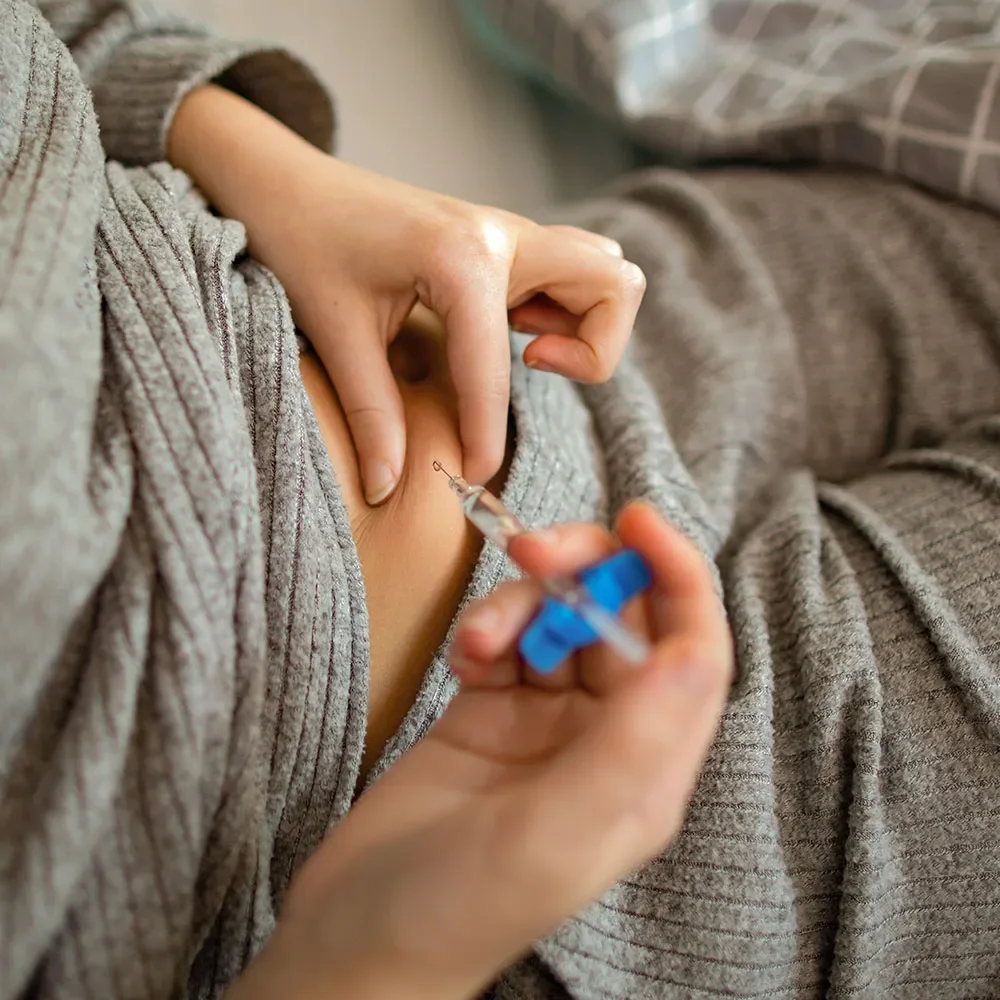Here's what we'll cover
Here's what we'll cover
Most people experience some form of sexual desire. This desire is normal and healthy. However, a small portion of people can experience trouble controlling these urges and desires, leading to sex addiction.
About 1–6% of people become preoccupied with sexual behavior. They may feel unable to stop these behaviors even if they no longer enjoy them and they are causing problems in their life (Kraus, 2018).
While compulsive sexual behaviors have been documented for centuries, researchers are just beginning to study how we should diagnose this condition and what treatments are most effective.
What is sex addiction?
Sexual addiction is characterized by a repetitive and intense preoccupation with sexual fantasies, urges, or behaviors that are distressing to the individual and result in psychosocial impairment (Derbyshire, 2015).
Sex addiction may also be known as (Derbyshire, 2015):
Compulsive sexual behavior
Hypersexuality
Excessive sexuality
Problematic sexual behavior
Sex addiction is a type of behavioral addiction. These are similar to alcohol and drug addictions because they cause the brain to produce a short-term euphoria or “high” that reinforces the behavior. The affected person loses the ability to control the behavior, frequently repeating it even though it is causing problems in their life (Grant, 2010).
What are the signs of sexual addiction?
The symptoms of sex addiction are characterized by a persistent pattern of being unable to control intense, repetitive sexual urges or impulses, resulting in (Kraus, 2018):
Repetitive sexual behavior over an extended period of six months or more
The behavior causes marked distress or impairment in critical areas of functioning.
Engaging in repetitive sexual activities has become a central focus of the person's life to the point of neglecting health and personal care, activities, or responsibilities.
The person has made numerous unsuccessful efforts to control or significantly reduce repetitive sexual behavior.
The person continues to engage in repetitive sexual behavior despite negative consequences.
The person continues to engage in repetitive sexual conduct even when they derive little or no satisfaction.
Some people have naturally high levels of sexual interest and behavior (a “high sex drive”). If the person is not exhibiting impaired control over their behavior or is not experiencing distress or problems functioning, they likely do not have a sexual addiction (Kraus, 2018).
Additionally, teenagers also usually have higher levels of sexual interest and behaviors (such as masturbation). Sometimes this is associated with some feelings of distress. Still, this is common and does not represent sex addiction (Kraus, 2018).
What causes compulsive sexual behavior?
No one knows precisely what causes addictive behavior, but it is thought to come from a complex interaction between genetics, environment, personality, and changes in the brain (Yau, 2015).
Individuals with behavior addictions, like sex addiction, score high on self-reported measures of impulsivity, compulsivity, and sensation-seeking. This is very similar to those with substance abuse disorders, which have been studied more extensively. They generally score low on measures of harm avoidance (Grant, 2010).
If you have a behavioral addiction, you are also at risk for or may already have certain other psychiatric disorders. These include (Grant, 2010):
Substance use disorder
Bipolar disorder
Obsessive-compulsive disorder (OCD)
Attention deficit hyperactivity disorder (ADHD)
Multiple neurotransmitter systems in the brain likely play a part in developing behavioral addictions and substance use disorders. In particular, these include serotonin, which is involved with inhibition of behavior, and dopamine, which is involved with learning, motivation, and rewards (Grant, 2010).
How is sex addiction diagnosed?
If you think you may have a sexual addiction, a healthcare provider should first rule out any medical causes for your behavior. Several physical and mental health conditions can result in hypersexual behavior. These include (Derbyshire, 2015):
Bipolar mania
Alzheimer’s disease
Pick’s disease
Kleine-Levin syndrome
There are also certain types of medications and illicit drugs that can cause increased sexual behavior. If you are using any of these substances, talk to your medical professional about how you can safely stop (Derbyshire, 2015):
Dopamine agonists used to treat Parkinson’s disease
Cocaine
GHB (gamma-hydroxybutyrate, a date rape drug)
Methamphetamine
Sexual addiction is not recognized as a formal diagnosis in the American Psychiatric Association’s Diagnostic and Statistical Manual of Mental Disorders, 5th edition (DSM-5) (Yau, 2015). So mental health professionals have some discretion in how they diagnose the symptoms of compulsive sexual behavior.
For some people, their symptoms strongly resemble an addictive disorder. Others demonstrate signs of an impulse control disorder. Still others experience sexual obsessions and compulsions to act out sexually that resemble obsessive-compulsive disorder (Yau, 2015).
Your healthcare provider will help you figure out which diagnosis best fits your symptoms and help you develop a treatment plan for your specific situation (Yau, 2015).
What are the negative consequences of sex addiction?
The effects of sexual addiction can interfere with many areas of your life. Individuals with compulsive sexual behavior can experience a variety of medical issues, including (Derbyshire, 2015):
Unwanted pregnancies
Sexually transmitted infections (STIs)
HIV/AIDS
Physical injuries due to repetitive sexual activities
Sex addiction can cause significant mental and social distress. Around half of those with sexual addiction report that their thoughts, behaviors, and urges affect multiple areas of their life, including significant relationships, work, and social activities (Derbyshire, 2015).
Possibly due to this distress, people with sexual addiction are also reported to be at a higher risk for attempting suicide than the general public (19% vs. 4.6%) (Derbyshire, 2015). If you are experiencing thoughts of suicide or self-harm, contact the National Suicide Prevention Lifeline immediately.
Are there any treatments for compulsive sexual behavior?
Many of the sex addiction treatments are based on treatments for substance addictions. Despite the availability of these treatment options, there is little data available to document outcomes, success rates, or predictors of treatment outcomes (Fong, 2006).Medications
There are currently no U.S. Food and Drug Administration (FDA)-approved medications for sexual addiction, and no known randomized, double-blind placebo-controlled trials have been published (Fong, 2006).
Various medications have been tried, including selective serotonin reuptake inhibitors (SSRIs), naltrexone, and mood stabilizers (Fong, 2006).
SSRIs are thought to decrease the urge and preoccupation with sexual activity. Some studies have looked at using SSRIs for their side effect of potentially creating sexual dysfunction and decreasing libido, but these have not proved successful. Research suggests that the individuals most likely to benefit have other psychiatric disorders as well, such as depression, anxiety, or obsessive-compulsive disorder, all of which have shown benefit with SSRIs (Fong, 2006).
Naltrexone has been used in several types of addiction to reduce cravings and urges by blocking the euphoric “high” that is experienced with the behavior. A small study found that 15 out of 21 adolescent sexual offenders noted reductions in sexual impulses and arousal with a trial of naltrexone (Fong, 2006).
Mood stabilizers, such as valproic acid and lithium, may help treat individuals with bipolar disorder contributing to sex addiction. More research is needed to determine if this class of medications has an independent effect on reducing compulsive sexual behaviors in people without bipolar disorder (Fong, 2006).
Therapy
Therapy for sex addiction focuses on helping you to identify core triggers and beliefs about sexual behaviors and developing healthier choices and coping skills to minimize urges (Fong, 2006).
A common approach to doing this is cognitive-behavioral therapy (CBT). CBT for sex addiction borrows significantly from treatment for substance use disorders and emphasizes relapse prevention (Fong, 2006).
Other types of therapy that may be helpful include (Fong, 2006):
Psychodynamic psychotherapy
Family therapy
Couples therapy
Peer support
Various peer support groups modeled on the 12-step approach used in Alcoholics Anonymous (A.A.) are available for those living with compulsive sexual behavior. The best-known groups are Sex Addicts Anonymous, Sex and Love Addicts Anonymous, and Sexaholics Anonymous. There is little scientific research to support these groups. Still, they are frequently recommended, as they are typically free and provide a place for fellowship, support, and accountability (Fong, 2006).
Additional resources
If you or a loved one are facing substance addiction or mental illness, the Substance Abuse and Mental Health Services Administration (SAMHSA)’s national helpline can help you connect with local treatment facilities, support groups, and community-based organizations.
The helpline is confidential, free, and staffed 24-hour-a-day, 365-day-a-year. They have information available in both English and Spanish.
DISCLAIMER
If you have any medical questions or concerns, please talk to your healthcare provider. The articles on Health Guide are underpinned by peer-reviewed research and information drawn from medical societies and governmental agencies. However, they are not a substitute for professional medical advice, diagnosis, or treatment.
Derbyshire, K. L., & Grant, J. E. (2015). Compulsive sexual behavior: a review of the literature. Journal of Behavioral Addictions, 4 (2), 37–43. doi: 10.1556/2006.4.2015.003. Retrieved from https://www.ncbi.nlm.nih.gov/pmc/articles/PMC4500883/
Fong T. W. (2006). Understanding and managing compulsive sexual behaviors. Psychiatry (Edgmont (Pa. : Township)), 3(11), 51–58. Retrieved from https://www.ncbi.nlm.nih.gov/pmc/articles/PMC2945841/
Grant, J. E., Potenza, M. N., Weinstein, A., & Gorelick, D. A. (2010). Introduction to behavioral addictions. The American Journal of Drug and Alcohol Abuse, 36 (5), 233–241. doi: 10.3109/00952990.2010.491884. Retrieved from https://www.ncbi.nlm.nih.gov/pmc/articles/PMC3164585/
Kraus, S. W., Krueger, R. B., Briken, P., First, M. B., Stein, D. J., Kaplan, M. S., et al. (2018). Compulsive sexual behaviour disorder in the ICD-11. World Psychiatry: Official Journal of the World Psychiatric Association (WPA), 17 (1), 109–110. doi: 10.1002/wps.20499. Retrieved from https://www.ncbi.nlm.nih.gov/pmc/articles/PMC5775124/
Yau, Y. H., & Potenza, M. N. (2015). Gambling disorder and other behavioral addictions: recognition and treatment. Harvard Review of Psychiatry, 23 (2), 134–146. doi: 10.1097/HRP.0000000000000051. Retrieved from https://www.ncbi.nlm.nih.gov/pmc/articles/PMC4458066/












